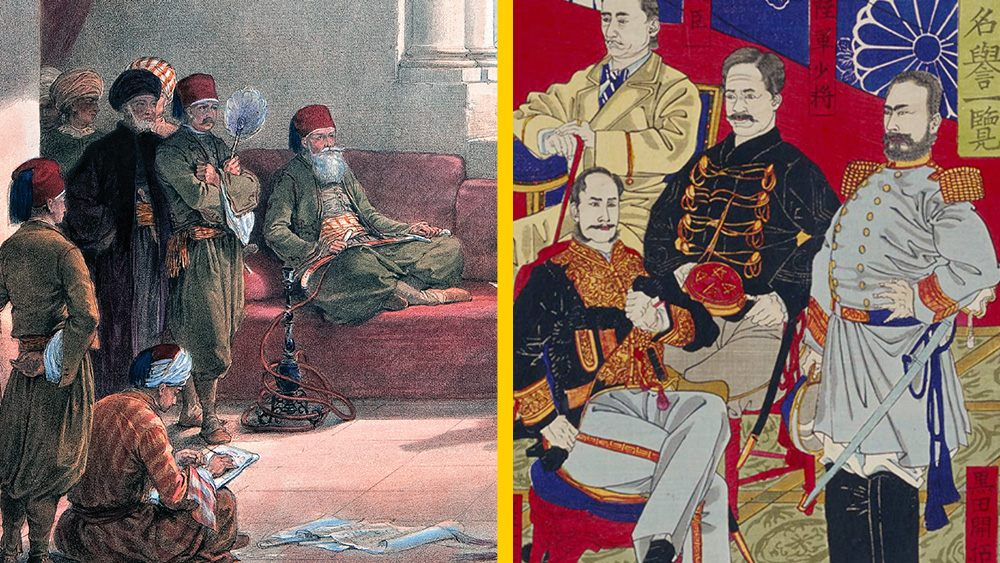Unit 3: Industrialization
1750 – 1914 CEIndustrialization changed who made what, who held power, and how the world worked—across continents. Was it more about scientific breakthroughs or imperial ambition?
The Industrial Revolution

Lesson 3.2
Origins of the Industrial Revolution
From fossil fuels to forced labor, the causes of industrialization weren’t simple: They were global, complex, and full of consequences we still live with today.

Lesson 3.3
Impacts of the Industrial Revolution
Why did industrialization start in England and not somewhere else? Dig into the evidence to uncover how geography, law, and power helped launch a global transformation.
The Industrial Revolution Spreads

Lesson 3.4
Global Industrialization
Industrialization didn’t follow one script. As it spread, different regions adapted it to fit their own goals, resources, and challenges.

Lesson 3.5
Industrialization in Egypt and Japan
Industrialization didn’t look the same everywhere. Egypt and Japan show how different goals, pressures, and decisions led to very different outcomes.
 Teaching This Unit
Teaching This Unit
Unit 3 Vocab
Key Unit 3 vocabulary words and definitions.

Three-Step Reading Worksheet
Analyze text at three different levels to develop a deeper understanding.

Reading Overview
Reading strategies to help students dig into a variety of texts.

Historical Thinking Skills Guide
Develop the skills needed to analyze history and think like a historian.

Assessment Guide
Learn about OER Project’s approach to assessment.

Unit 3 Teaching Guide
All the lesson guides you need in one place.
